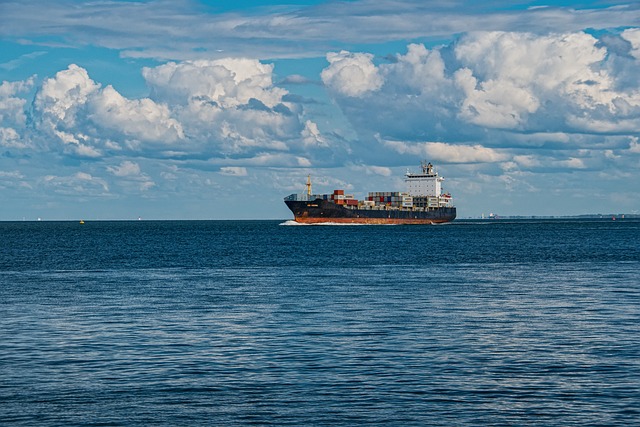Shipping from Guangzhou/Shenzhen to Winnipeg, Canada: 20FT/40FT Full Container Load (FCL) and Less-than-Container Load (LCL) Options
Shipping Options: FCL vs. LCL
Full Container Load (FCL) Shipping FCL is a highly efficient method for shipping larger quantities of goods. This means the entire container (either 20FT or 40FT) is dedicated exclusively to one shipment. In the case of training equipment like “钳工培训平台” (Fitter Training Platforms), FCL is ideal for shipments that are large enough to fill a container, offering faster delivery times and greater security for the cargo.
- 20FT Container: Ideal for smaller loads, typically up to 28-30 cubic meters of cargo.
- 40FT Container: Offers more space for larger loads, typically up to 58-60 cubic meters of cargo.
Less-than-Container Load (LCL) Shipping For smaller shipments, where the cargo does not fill a full container, LCL shipping is the ideal solution. In LCL shipping, your goods are consolidated with other shipments in a single container. This method is cost-effective for smaller consignments, although it might take slightly longer for delivery compared to FCL shipments, as there is a need for consolidation and deconsolidation at both origin and destination ports.

Sea Freight Transit Time
The sea freight transit time from Guangzhou or Shenzhen to Winnipeg is approximately 21 days, depending on factors like port congestion, weather conditions, and the specific shipping route taken. This estimate is based on the direct sea freight transit from the Chinese ports to the Port of Vancouver, from where the goods will be transported to Winnipeg via inland trucking or rail.

Packaging of the Fitter Training Platforms
Proper packaging of the “钳工培训平台” (Fitter Training Platforms) is essential to ensure the safety and security of the cargo during transit. The packaging should be designed to protect the equipment from potential damage due to handling, moisture, and vibrations during the long sea journey. Here’s how the packaging process generally works:
Wooden Crates and Pallets:
The training platforms should be securely placed in wooden crates or on wooden pallets. Wooden crates provide excellent protection against external forces and environmental conditions during sea transit. The crates should be reinforced and custom-sized to fit the dimensions of the training equipment to prevent movement inside the container. Pallets should also be used for easy handling and to facilitate the loading and unloading process.Protection Against Moisture:
To prevent damage from moisture or humidity, which can be a risk when shipping by sea, the items should be wrapped in plastic shrink wrap or waterproof tarpaulins. Desiccants or moisture-absorbing materials may also be placed inside the packaging to prevent rust or corrosion, especially if the equipment contains metal components.Labeling and Documentation:
Each crate or pallet should be clearly labeled with the correct shipping details, including the consignee’s information, handling instructions, and a description of the contents. Proper documentation is essential for customs clearance and to avoid any delays during the transport process.Safety and Securing:
In the container, the crates or pallets should be tightly secured using straps or cargo nets to prevent shifting during transport. This ensures that the equipment remains in place, reducing the risk of damage caused by movement within the container.
CIF Terms and Port-to-Port Delivery
Under the CIF (Cost, Insurance, and Freight) terms, the seller is responsible for the cost of shipping, including the freight charges, insurance, and any additional costs up to the port of destination (Winnipeg Port). This includes:
- The cost of ocean freight from Guangzhou or Shenzhen to Vancouver.
- Insurance to cover potential damages or loss during transport.
- Freight forwarding services to ensure smooth handling at the port of origin and destination.



